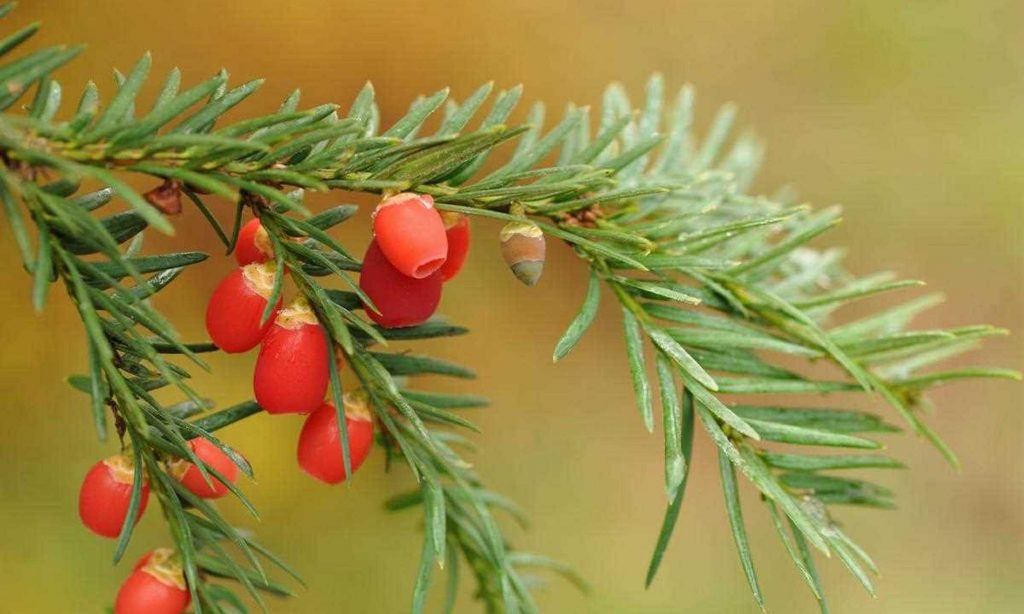Taxus cuspidata seed
Taxus baccata is a conifer native to western, central and southern Europe, northwest Africa, northern Iran and southwest Asia.It is the tree originally known as yew, though with other related trees becoming known, it may now be known as English yew.
Sowing Instructions:
Japanese yew contains toxins called taxine A and B, which can be fatal if ingested by dogs, cats, horses or people.
Combine equal parts compost and coarse sand to create a good rooting mix for the yew seeds. Fill several 25 cm (10 inch) plastic pots with the compost and sand mixture. Make one pot for each yew seed.
Water each pot to a depth of 12.5 cm (5 inches) using a garden hose. Allow the compost and sand mixture to drain for a few minutes before planting the yew seeds.
Press the yew seeds into the surface of the soil until most of the seed is buried but the top is visible. Sprinkle a light layer of sand across the top of the seed to insulate it while still allowing sunlight to reach it. Replace the sand covering as needed, if it becomes dislodged during watering.
Place the potted yew seeds into a cold frame or along an east-facing wall where they will receive some protection from the elements. Mist the seeds to a depth of 2.5 cm (1 inch) using a garden hose with an adjustable nozzle whenever the soil feels dry just below the surface. Do not allow the seeds to dry out or sit in soggy soil.
Open the cold frame slightly during the winter to allow for evaporation, good air circulation and exposure to chilly temperatures, which are required for proper germination of yew seeds. Continue watering.
Yew seeds can take a long time to germinate, some seeds can still germinate up to two years after planting.
Warning:
Yew trees contain the highly poisonous taxane alkaloids that have been developed as anti-cancer drugs. Eating just a few leaves can make a small child severely ill and fatalities have occurred. All parts of the tree are poisonous.
The fact that Japanese yew doesn’t mix with dogs or children is an important limiting factor in the tree’s use. Consider the toxicity of the plant along with the way you and your family will use your garden before deciding to plant Japanese yew.

